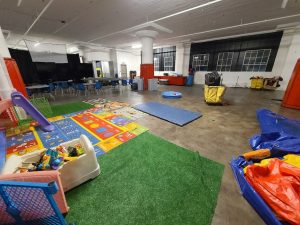Recess is the best part of the day iIf you ask us: recess is the best part of the day. I love seeing my kids run, laugh, and play together after spending all morning cooped up in a classroom. But as much as I enjoy watching them have fun during recess time (and let’s be honest—competing and learning new games with them), it can also be stressful if you’re not prepared for what comes next. If your kids are like mine and want to keep playing after lunch or keep going after school has ended, then this article is for you! If our Fun Lab isn’t close enough for you to visit, then check out our tips for building your recess room.
Know Your Goals
Before you get started on the design and construction of your recess room, it’s important to know what your goals are. Whether you’re looking to increase afterschool programming offerings or create a space where families can come play with their children, it’s important to know how the space will be used and what impact it will have on those who use it.
When designing your recess room, consider how your family will use it. Is there enough seating? Do the tables provide enough space for toys and games? Are there areas where multiple activities can occur simultaneously without interfering with one another? How many people can the space safely entertain? Are there games for everyone? Once you’ve got an idea of what kind of activities will take place in the room and how many people might participate in them at once, think about how much space each activity requires as well as whether these spaces need to be separate from one another or if they can share some common areas (such as a table full of art supplies).
Keep It Simple
It is important to keep the environment simple so that everyone can enjoy it. But, don’t go overboard and create a space that no one wants to be in. To keep things simple, you should consider the following:
- The fewer items you have in your room, the less work there is for you, and the more freedom for kids.
- Think about what matters most during recess time—getting exercise. Having fun with friends? Oh yeah, eating snacks! A lot of recess rooms consist of tables with chairs, so students can sit down and eat their lunch while they talk or play games together at their own table. If this sounds like what your school needs too, then that’s great! But if not—you can still make sure there are plenty of outlets where kids can plug their devices into power outlets if they need some juice while they’re playing outside on an unplugged day (if possible). There may also be some spots where students could sit down when they want to take breaks from running around outside until it’s time for them to go back inside again later on during class hours after lunchtime activities like arts & crafts projects or science lessons about plants growing outdoors near where we live.”
Make It Accessible
- Make sure you have enough space for everyone.
- Consider safety and accessibility for all ages.
- Consider the needs of specific family members and friends, both children and adults.
- Consider the needs of specific pets
Embrace the Chaos
Playrooms a playroom is only for kids, but it doesn’t have to be. While your recess room is for everyone, there are certain benefits for grown-ups as well. Everyone needs a place where they can let loose and act like kids again. If you’re feeling stressed or anxious about something in your life, take some time away from the office to make an art project or play some music on your drum set! You’ll find that there’s no better way to relieve stress than by immersing yourself in joyful mayhem with friends and family members who care about you deeply.
Set the Tone
The first thing you need to do is set the tone for the day. This is something that can be as simple as making sure everyone is on board with what they’re going to be doing, and that they know what their job is.
For example: if your plan for recess includes some sort of activity, make sure each child knows how to play that game or has been trained in how to participate in it safely. You might also want to check if anyone has any questions about how the games work beforehand so that any concerns are addressed before recess begins.
It’s also important to ensure children are prepared physically but mentally as well—if there will be many active players, make sure they have plenty of water or juice (and maybe even snacks) available so no one becomes dehydrated during playtime!
Play is an important part of every kid’s life, and adults stand to benefit from it too.
Play is an important part of every kid’s life, and adults stand to benefit from it too. Play is a way to learn about the world around us, about ourselves and others in our culture, and about how we can make the world more fun for all. The best part is that play doesn’t have to be complicated—you don’t need any special equipment or activities! All you need are materials that are available at home or at your local dollar store: balls (like foam ones), dolls (both new and old), blocks (plastic or wooden), stickers…even something as simple as “space pens” will give children hours of fun!
We hope these tips have given you some ideas for creating a more family-friendly recess room at home. If you’re wondering what kind of playthings are best for this kind of space, check out the types of toys we recommend for every recess room and our list of recommended toys—they’re all perfect for indoor play!








